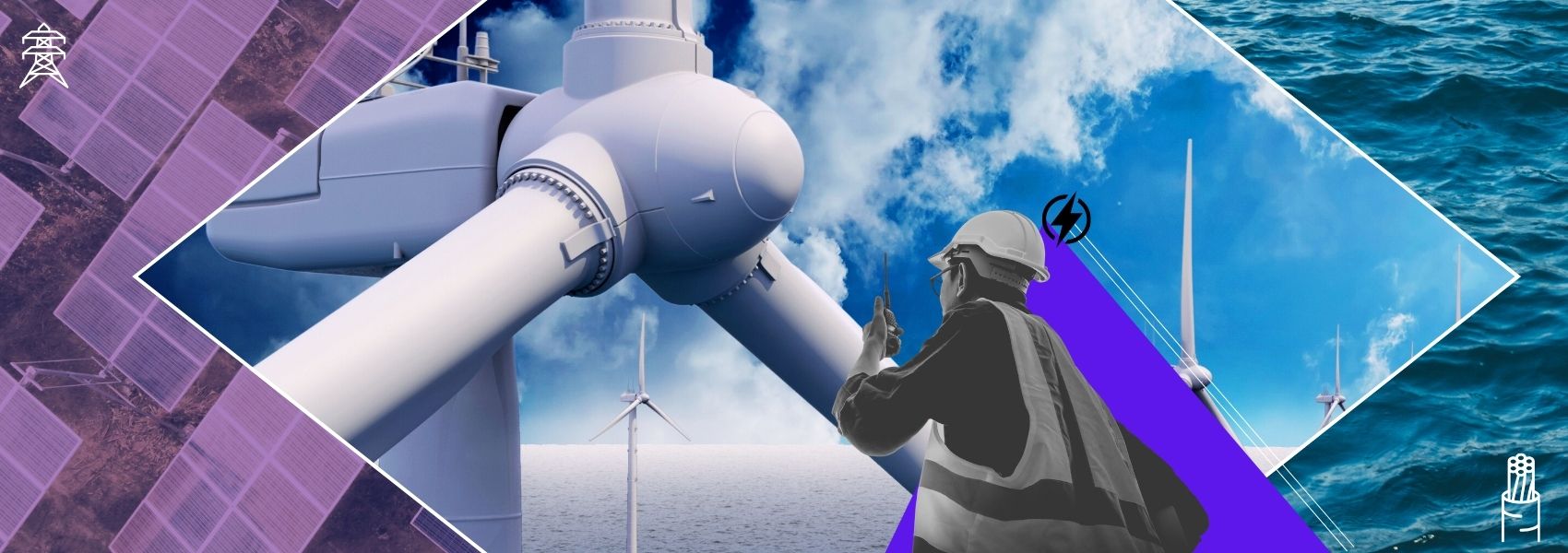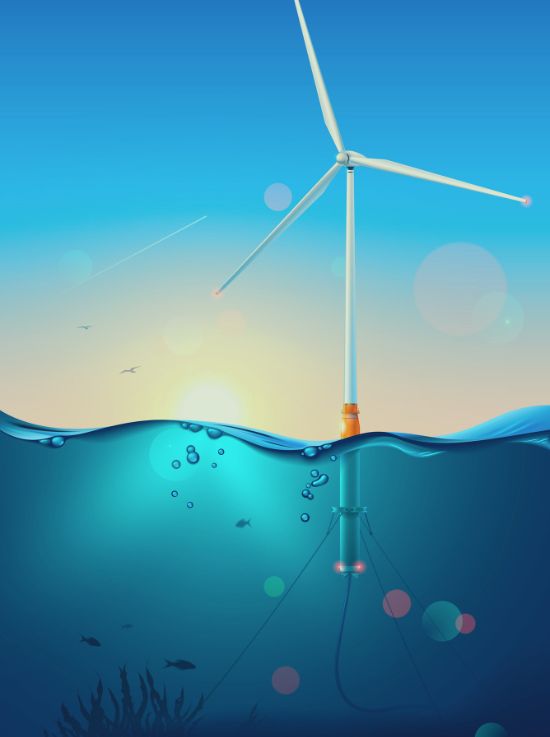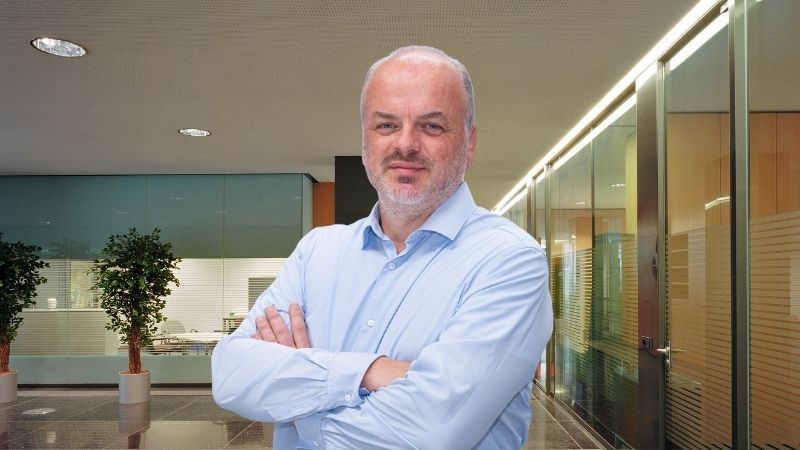Powering the future: grids under pressure
Electricity is increasingly seen as the most viable path to reduce greenhouse gases, improve efficiency, and strengthen energy security. In fact, achieving national energy and climate goals requires global electricity use to grow 20% faster over the next decade than it did in the previous one. But today’s grids are struggling to keep up.
Demand is rising rapidly due to electric vehicles, heat pumps, and digital services. At the same time, renewable sources such as wind and solar are expanding at a record pace – but often in remote locations far from consumption centers. This combination creates a single, big challenge: move far more sustainable electricity, much farther, much faster. Meeting it requires not only new renewable plants but also grids that are smarter, stronger and more sustainable.
One promising answer lies beneath the waves: subsea superconducting cables, capable of transporting gigawatts of power with minimal losses, shrinking offshore platforms and simplifying grid infrastructure.



